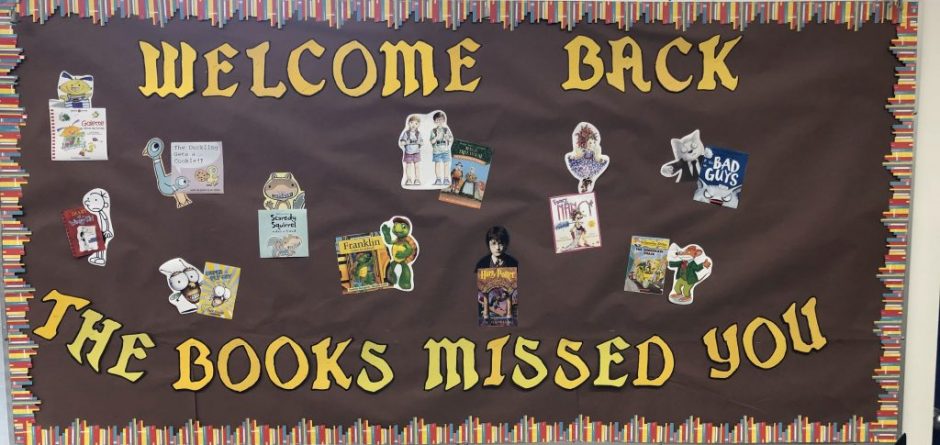Different (emotion) emojis can have different effects when used in certain context. Oh my, what does that mean?
 So for example, the emoji with one eye closed and its tongue sticking out. On its own, it may mean “crazy.” What if the same emoji was used with a text message that said something like, “I hate you.” The words on their own sound mean and hurtful, but when sent with the emoji, they become almost endearing – clearly not meant to be serious. Emojis can help to provide context to written words, like in the previous example, or they can be used decoratively in a fun illustrative manner.
So for example, the emoji with one eye closed and its tongue sticking out. On its own, it may mean “crazy.” What if the same emoji was used with a text message that said something like, “I hate you.” The words on their own sound mean and hurtful, but when sent with the emoji, they become almost endearing – clearly not meant to be serious. Emojis can help to provide context to written words, like in the previous example, or they can be used decoratively in a fun illustrative manner.
As visual people ourselves, the power of this type of visual imagery and its effectiveness in communicating more meaningful messages can work for or against you.
Students will be creating Emoji Soft Sculptures that address the following:
-
-
-
- How do you want to be seen?
- What facial expression do you use to express a certain emotion?
- connect to one that you use frequently or that you identify with…
- what assumptions could we make about it? what are you trying to accomplish by showing it.
-
-

Safety:
- All needles and pins must be kept in containers or attached to (fabric/felt).
Materials:
- We will be using Yarn to Sew the emoji together.
- Sharp scissors
- Hand Sewing Needle
- (Optional) Thread to match the felt colours
- Pins
- Marker (I love my Frixion markers)
- Toy filling/stuffing
- Plate to trace for the head
- Understanding emojis – sample chart 1
The sewing video tutorial is to help beginning sewers learn some basic hand sewing stitches.
- Blanket Stitch will be used around your emoji.
- Straight basting stitch to keep parts together.
- Straight stitch and a back stitch.
Here are some resources.
Ref: Art with Mrs. Nguyen

